Learn your Internal Motivations
A guide for understanding your behaviors and interests

Dr. Eduard Spranger and Gordon Allport are key researchers who discovered what drives and motivates a person. Their research found that motivation influences behavior and action.
This research is beneficial for anyone seeking to align their work activities with what truly motivates them. When we distill Allport and Spranger’s research, we find that there are seven universal (and measurable) motivators:
- Aesthetic – A drive for balance, harmony, and form.
- Economic – A drive for a return on investment.
- Individualistic – A drive to stand out as independent and unique
- Power – A drive to be in control or have influence.
- Altruistic – A drive to help others at the expense of self.
- Regulatory – A drive to establish order, routine, and structure
- Theoretical – A drive for knowledge, learning, and understanding.
These dimensions create the Motivation Index, which is measured in a validated tool called the Motivators assessment.
How to Measure and Learn our Motivations
When an individual understands their internal motivations, they can seek out jobs, positions, and opportunities that match their internal drivers. The more we are aligned with what drives us, the happier and more fulfilling our lives will be.
The motivators assessment measures a person on 7 universal drivers. Once a person completes their assessment, they will receive their motivational index graph as shown below:

The graph shows a few different data points all in one place:
- The lightly colored area shows the majority of the population’s score. If you took a sample of all the motivator scores and rank the scores from 0 to 100, you would find the majority of the scores would fall inside the shaded area.
- The grey, shaded box represents the average scoring range. This box is considered the normative data. Scores inside this box represent the scores of people who are more like everyone else.
- The line in the center represents the median score.
- The colored bar graph is the learner’s score. The longer the bar graph, the more important the driver is to the learner. The shorter the bar, the less important that motivator is to the learner. The bar graph is also represented as a number under “score”. The higher the number, the more aligned you are with that driver and vice versa.
- The ranking reveals how influential the motivators are to your behavior and decisions in order from 1-7. Certain motivators have relationships with each other. However, this is a true 1 through 7 rankings based on which drivers are most impactful.
Once we find our scores, we can begin to understand why specific jobs, tasks, or goals might have appealed to us more than others. Using the scores on this graph, we can infer that this person likely prefers to work with others and has goals that aren’t strictly economic or centered on making money.
They likely prefer to work on understanding new information or even making discoveries themself. They appreciate good designs and have an opinion on what looks appealing to them.
Through discussions, this individual can determine how they can bring aspects of their internal motivations to their work, or they can start the process of finding a job that meets their motivational needs.
Developing new skills and improving our self-awareness
While learning about your unique motivators is an important starting point, real learning will take place through reflection and exercises.
The Motivators report offers worksheets that learners will use to start the real work of becoming more self-aware and trying to adapt their motivational styles to accomplish more at work and in their life.

The worksheets are designed so they can be done as a self-paced individual activity or they can be done within professional settings at the workplace. Coaches, facilitators, and consultants will all appreciate the value of these worksheets.
Open Your Account
Manage Your reports Easily
Open an Admin account where you can manage your DISC, EIQ, and Motivators assessments. Brand your completed reports with your logo and company information. Requires a one-time, $95 fee.
Learn morePurchase the Motivators Assessment - Learn what Drives you

Purchase the Motivators Assessment. When you complete your order, you will receive a unique Serial Key which you will use to complete the assessment. If you are purchasing multiple assessments, ensure that you don’t share a key more than once. Each serial key only allows for one use.
Motivators Assessments FAQ
The Motivators assessment measures 7 drivers of our motivations. These drivers are responsible for our behavior and goals at work and in life. The 7 drivers are:
- Aesthetic - a drive for balance, harmony and form
- Economic - A drive for return on investment
- Individualistic - a drive to stand out as independent and unique
- Power - a drive to be in control and to have influence
- Altruistic - a drive to help others at the expense of self
- Regulatory - A drive to establish order, routine, and structure
- Theoretical - a drive for knowledge, learning, and understanding
The motivators assessment is based on the work of Gordon Allport and Eduard Spranger.
Both men did not create this assessment, but the assessment is based on their research on human motivation. The assessment is published by Assessments 24x7 and validated by the Assessment Standards Institute (ASI).
The Motivators Assessment costs $59.00 per assessment. There is volume pricing available for anyone who purchases 16 or more assessments within a single purchase.
